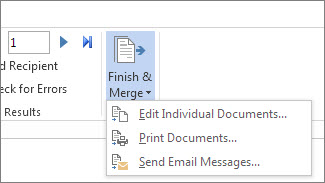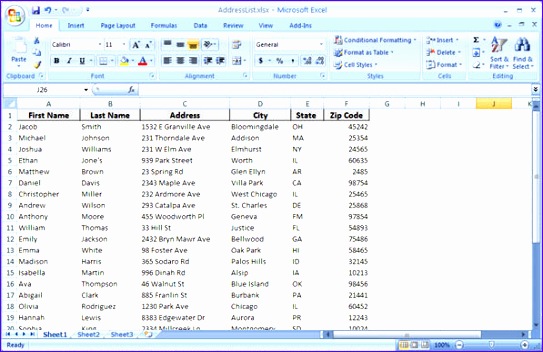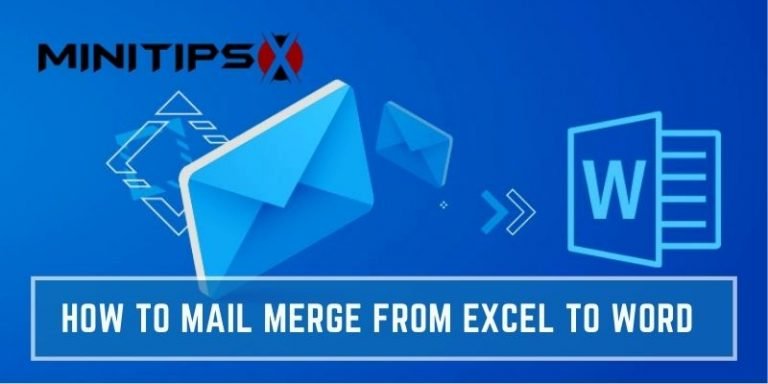

Should you need to split out zip codes for sorting. Failure to do this will result inĥ digit numbers being zero suppressed and treated as numbers which sortīefore text entries of 9 digits with a hypen. Numbers not Rendering correctly in Mail Merge (#rendering)įormat the entire Excel sheet as text (#text, suggestion) so that zipcodes will be

Avery form 5395 (Name Tags) and suggest you show the ruler so you can see horizontal area/pattern of labels. If doing Labels you must choose the Label type.You must have your Word document already set up before starting the Label Merge.
 Make additions to your Excel table and save the table (you do not need to delete names, selection can be done later in Word). If you use a Named area you have access to all your fields and can ignore this paragraph. Though material in Word appears that you can have all kinds of fields, The three lines in your address must represent 3 cells in a row in yourĮxcel file, and should begin with the first in Column A. Named Ranges are known and available to the entire workbook. Actually the named range works better anyway in all versions of Excel. But could not simply select a sheet in XL2000 as I could in XL95. select A1:G50 then supply a name (ziplabels) in the name box to left of formula bar. If you are using XL2000, move the tab for the sheet to the far left and create a name for the data: They only go up to AutoMergeField4 so failure to provide headings will limit In Word as AutoMergeField, AutoMergeField1, AutoMergeField2 etc. Failure to have column headings will show up See notes on zip codes if you are having a problem with zip codes in Excel.Ĭolumn headings are required in row 1 in Excel for field identification in Mail Merge. Will convert your table to labels without any problem and maintain the labelīoundaries therefore, Excel by itself is not suited to the task of creating labels, but Excel with Mail Merge in Word works just fine.ĭirections for preparing data in Excel to print Labels (#preparation) Excel does not give you reformatting options to createĪnother sheet using the information, you would have to write a macro. I found this a little tricky first time but have done this from both XL95 and XL2000.Įxcel makes a nice table column for name,Īddress, city, zip state, zip code. Using Mail Merge with data from Excel Location: Home page: Įxcel can be used to supply the data to mailmerge in MS Word. If the text doesn't fit, press Ctrl + A to select all, right-click and select Paragraph, select the Don't add space between paragraphs of the same style box, and click OK.Ĭlick Print, click OK, and click OK again.Mail Merge, Printing Labels using Mail Merge with data from Excel Mail Merge, Printing Labels To add the address block, click Address block and click OK. Drag the bottom right corner to make the dialog box bigger. Make sure the First row of data contains column headers box is selected and click OK.Ĭheck your list. In Word, click Mailings > Start Mail Merge > Step-by-Step Mail Merge Wizard to start the mail merge wizard.Ĭhoose Labels, and then click Next: Starting document.Ĭhoose Label options, select your label vendor and product number, and then click OK.Ĭlick Browse, select your Excel mailing list, and then click Open. Once your mailing addresses are set up in an Excel spreadsheet (see the previous video to learn how), it's a snap to get Word to create mailing labels from them. This year, you can avoid that awful permanent-marker smell and get all your holiday card and package labeling done in a few quick steps.
Make additions to your Excel table and save the table (you do not need to delete names, selection can be done later in Word). If you use a Named area you have access to all your fields and can ignore this paragraph. Though material in Word appears that you can have all kinds of fields, The three lines in your address must represent 3 cells in a row in yourĮxcel file, and should begin with the first in Column A. Named Ranges are known and available to the entire workbook. Actually the named range works better anyway in all versions of Excel. But could not simply select a sheet in XL2000 as I could in XL95. select A1:G50 then supply a name (ziplabels) in the name box to left of formula bar. If you are using XL2000, move the tab for the sheet to the far left and create a name for the data: They only go up to AutoMergeField4 so failure to provide headings will limit In Word as AutoMergeField, AutoMergeField1, AutoMergeField2 etc. Failure to have column headings will show up See notes on zip codes if you are having a problem with zip codes in Excel.Ĭolumn headings are required in row 1 in Excel for field identification in Mail Merge. Will convert your table to labels without any problem and maintain the labelīoundaries therefore, Excel by itself is not suited to the task of creating labels, but Excel with Mail Merge in Word works just fine.ĭirections for preparing data in Excel to print Labels (#preparation) Excel does not give you reformatting options to createĪnother sheet using the information, you would have to write a macro. I found this a little tricky first time but have done this from both XL95 and XL2000.Įxcel makes a nice table column for name,Īddress, city, zip state, zip code. Using Mail Merge with data from Excel Location: Home page: Įxcel can be used to supply the data to mailmerge in MS Word. If the text doesn't fit, press Ctrl + A to select all, right-click and select Paragraph, select the Don't add space between paragraphs of the same style box, and click OK.Ĭlick Print, click OK, and click OK again.Mail Merge, Printing Labels using Mail Merge with data from Excel Mail Merge, Printing Labels To add the address block, click Address block and click OK. Drag the bottom right corner to make the dialog box bigger. Make sure the First row of data contains column headers box is selected and click OK.Ĭheck your list. In Word, click Mailings > Start Mail Merge > Step-by-Step Mail Merge Wizard to start the mail merge wizard.Ĭhoose Labels, and then click Next: Starting document.Ĭhoose Label options, select your label vendor and product number, and then click OK.Ĭlick Browse, select your Excel mailing list, and then click Open. Once your mailing addresses are set up in an Excel spreadsheet (see the previous video to learn how), it's a snap to get Word to create mailing labels from them. This year, you can avoid that awful permanent-marker smell and get all your holiday card and package labeling done in a few quick steps.







 0 kommentar(er)
0 kommentar(er)
